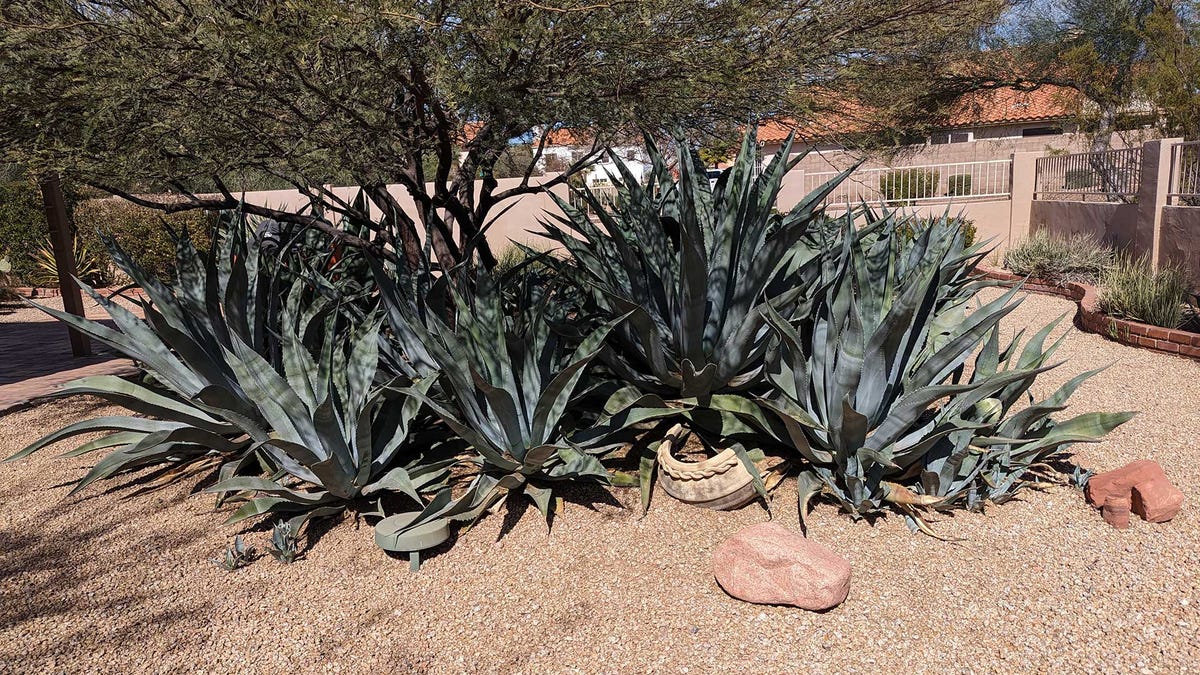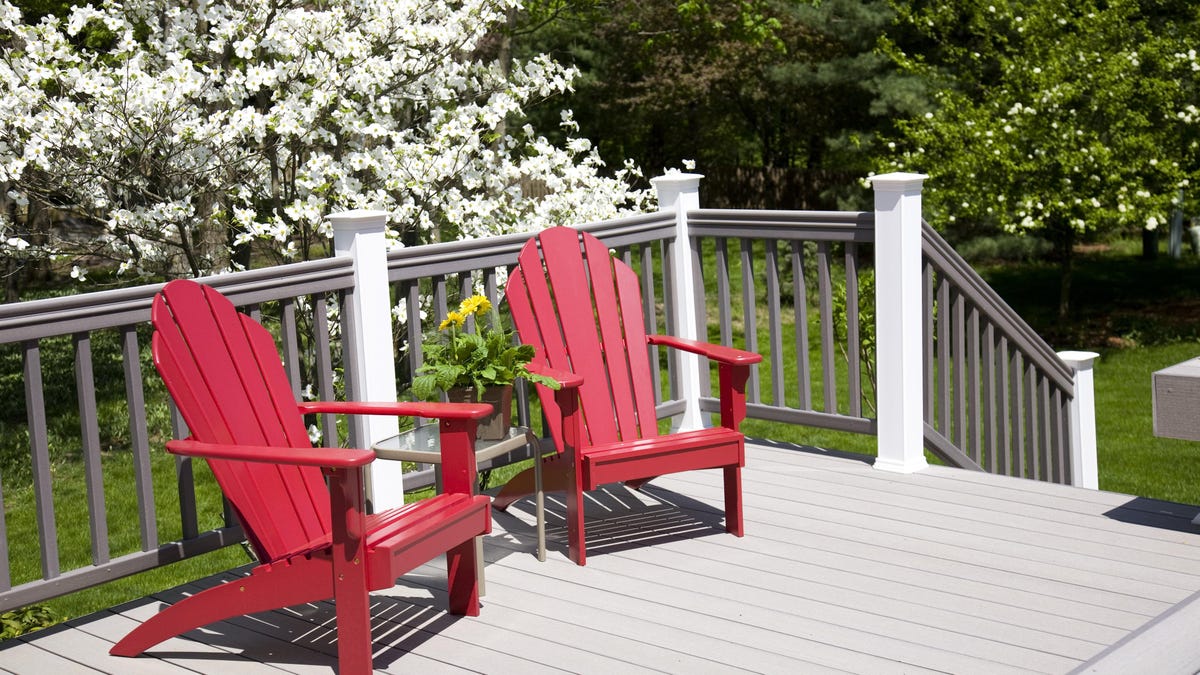Get Your Desert Landscaping Ready for Winter
So much gardening advice is based around four-season climates, but a sizable contingent of the United States is only now entering ideal gardening weather. If you live in a desert region, guidelines about how to prepare your garden beds...

So much gardening advice is based around four-season climates, but a sizable contingent of the United States is only now entering ideal gardening weather. If you live in a desert region, guidelines about how to prepare your garden beds for the colder months probably aren’t helpful, but advisories over what to do with your cacti are.
Here’s what you should do to prepare your desert landscaping for fall and winter.
How to care for your cacti in winter
As temperatures drop, cacti and succulents slow their growth. In hibernation, they need less water; too much can cause their roots to rot. If you’re worried about not watering enough, keep an eye out for wilting, which is a sign your cactus needs water. Skip the fertilizer until spring.
Although your cacti are likely accustomed to (and suited to) the weather in your area, be wary of the possibility of frosts or freezes. Your columnar cacti can benefit from their tips being protected and insulated, which is why you might see them covered with styrofoam cups. Buckets, fabric, pool noodles, or santa hats will also do.
How to care for citrus trees in winter
Hopefully you fertilized for the last time in September to help the fruit harvest, which means you should start to see color on your citrus through October. In November, some early ripening citrus might be ready, but otherwise, it’s time to button things up for winter. As the trees go into dormancy, make sure to decrease watering dramatically, and be ready to cover your trees with sheets if there is a risk of frost. Burlap or frost cloth can also work for this purpose. If your tree starts to shed leaves come December, that just means it is focused on preparing to grow the fruit that should be ready come January, when the next fertilizer cycle will begin.
Get your vegetables in the ground
While the rest of the country thinks of winter vegetables as hardy crops, in the desert you can get away with planting much warmer weather crops. While you should get peas, broccoli, cauliflower, cabbage, and carrots in the ground now, many people successfully overwinter their tomatoes, peppers, and eggplants by simply covering them during frosts and backing off the watering.
How to care for desert grasses in winter
Although it seems ironic, there are plenty of residential areas in the desert where you can have a lawn, and October is prime time to get your winter rye in place so you can enjoy it during the winter. Since ryegrass dies in spring, most people use an overseeding method, which means that you simply sprinkle seeds over an existing lawn, making sure the seeds get ground contact, and then watering three times a day to ensuregermination. Once established, winter rye doesn’t require nearly as much water as a traditional lawn.
Prune your desert landscaping before winter hits
November is the perfect time to prune established trees and shrubs as they go into hibernation. Olive trees have just fruited, citrus is already on the tree and can be thinned, and most natives are in hibernation.

 Konoly
Konoly 
































